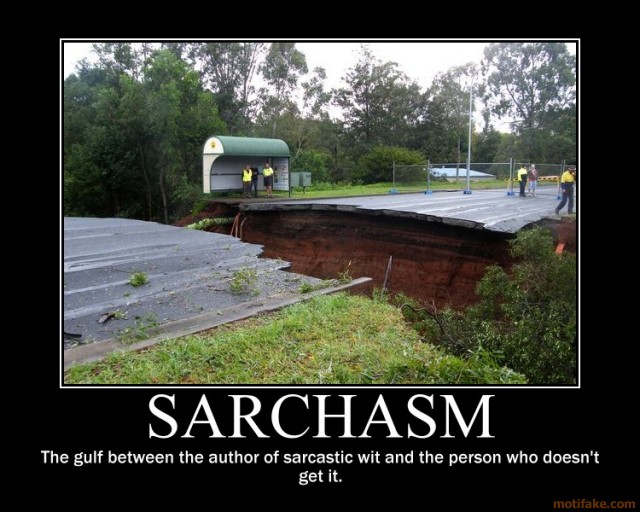- Joined
- Mar 25, 2016
- Messages
- 475
- Points
- 0
What could be possibly more more enjoyable than having a highly toxic, highly reactive, Radioactive compound to melt your face off with. :angel:
Life.

What could be possibly more more enjoyable than having a highly toxic, highly reactive, Radioactive compound to melt your face off with. :angel:



Life.

Yeah i knew you were being sarcastic, i was just being very forthcoming. Dangerous chemicals is actually what got me interested in getting a bachelors in chemistry, but there is a point at which you have to draw the line
sure.. Mine ended in middle school ~23/24years ago when I did a Thionyl Chloride synthesis (quite successful) and a few other synths that got some unwanted attention
including a trip to see the Police Liaison Officer. :shhh:
Anyways. I still do chemistry from time to time.
Now I focus mostly on electronics, high power rocketry and Radioisotopes.
Yeah most of the stuff that interests me is unobtainable like liquid fluoride thorium reactor agents. I put in a request to get a permit but haven't heard back and its been like 3 months now.
This thread has made me wonder: would it be possible to surround a crystal laser rod with some radioactive material as a pump energy source to produce a CW or Q-switched laser?
Nope.. not at all. We actually answered this in another thread.
http://laserpointerforums.com/f54/best-wavelenght-ionize-air-99614.html
You need a very specific wavelengths to pump laser rods. Not all have the same absorption frequency but there exists no material that would absorb Gamma photons.
Another example: acetone peroxide. This is a very sensitive explosive substance that many chemist will readily make on purpose (for demonstrations) in small quantities. You let it dry on filter paper. Make a small pile, put a flame to it a 'poof' it goes (it might also do this without the flame, but who cares, it's not confined to cause someting to shatter).
However, it is also produced as a side product in some reactions, and most chemists are quite careful to prevent that: Once you obtain the product with acetone peroxide as an impurity and put it in a glass bottle for storage, results are not favourable if that goes bang at all.

Saw an article about that exact laser.
Unfortunately as the wiki article suggested much of the findings were falsified to get more defense funding.
I'm not sure how well it would have worked anyways. Using a small neutron device to energize a mixture of Ar and He sound like an interesting endeavor.
Another proposition of the project was the use of Hydrogen, Fluorine and Oxygen to create a chemical IR laser. This is very similar to the COIL project that makes up the US Army airborne chemical laser (Helium, Iodine, Oxygen).

The COIL is an example of a laser pumped by chemical enegery, and it works, despite having several practical problems.
This is not the only type of chemically pumped laser though, some options are available there using nascent excited states of molecules.
These are not -nuclearly- pumped lasers however, and the difference in potential power is about 1000 times for equal amounts of fuel.
This is all assuming battlefield weapons need to be large and powerful though, which might no longer be the case. A lot of military effort is spent on doing far less destructive work like clearing mine fields. There could be applications there for lasers setting off unwanted mines using lasers, though just landing cheap drones right on top of them might be more economical.

